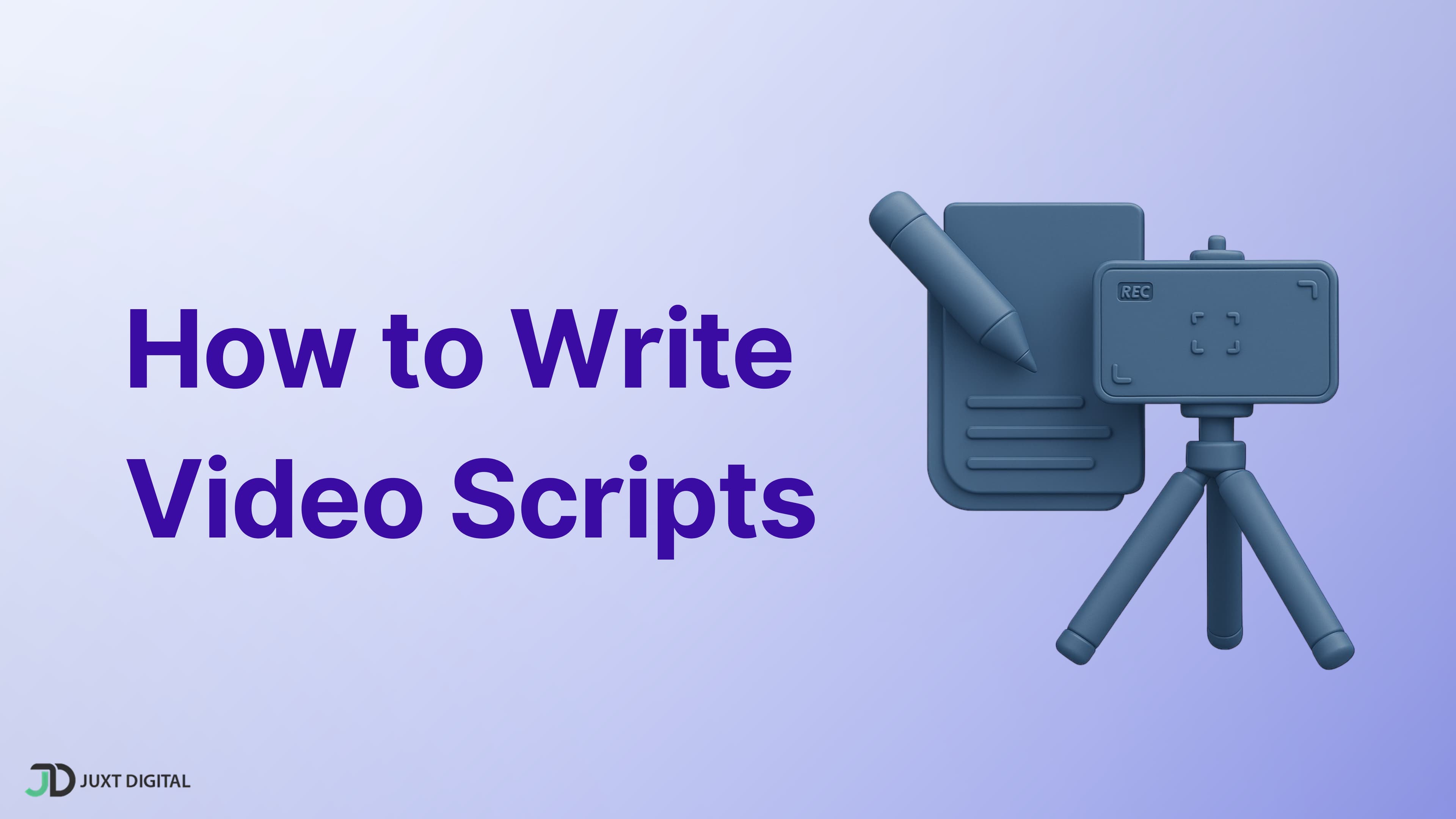Why do you need a video script?
Did you know that 88% of video marketers believe video is integral to their overall strategy? If you're one of them, you need a video script. A video script is a document that outlines the dialogue, visuals, and audio for your video. It's the blueprint for your video production and essential for creating a high-quality video that will engage your audience.
To get more inspiration
Writing a script can help you generate new ideas and inspiration for your video. When you organize your thoughts on paper, you can see how they fit together, which can help you create a more cohesive and engaging story.
To deliver your message efficiently
A script helps you deliver your message clearly and concisely. It ensures that all of your key points are covered logically and that your message is consistent with your brand.
To save editing time
A script can save you a lot of time in the editing process. When you have a script, you know exactly what footage you need to shoot and how it should be edited together. This can help you avoid wasting time on unnecessary footage or retakes.
To make recording easier
Recording is much easier when you have a script to follow. If you're recording solo, a script can help you stay on track and avoid rambling. If you're recording an interview, a script can help your interviewee prepare and deliver their answers more effectively.






